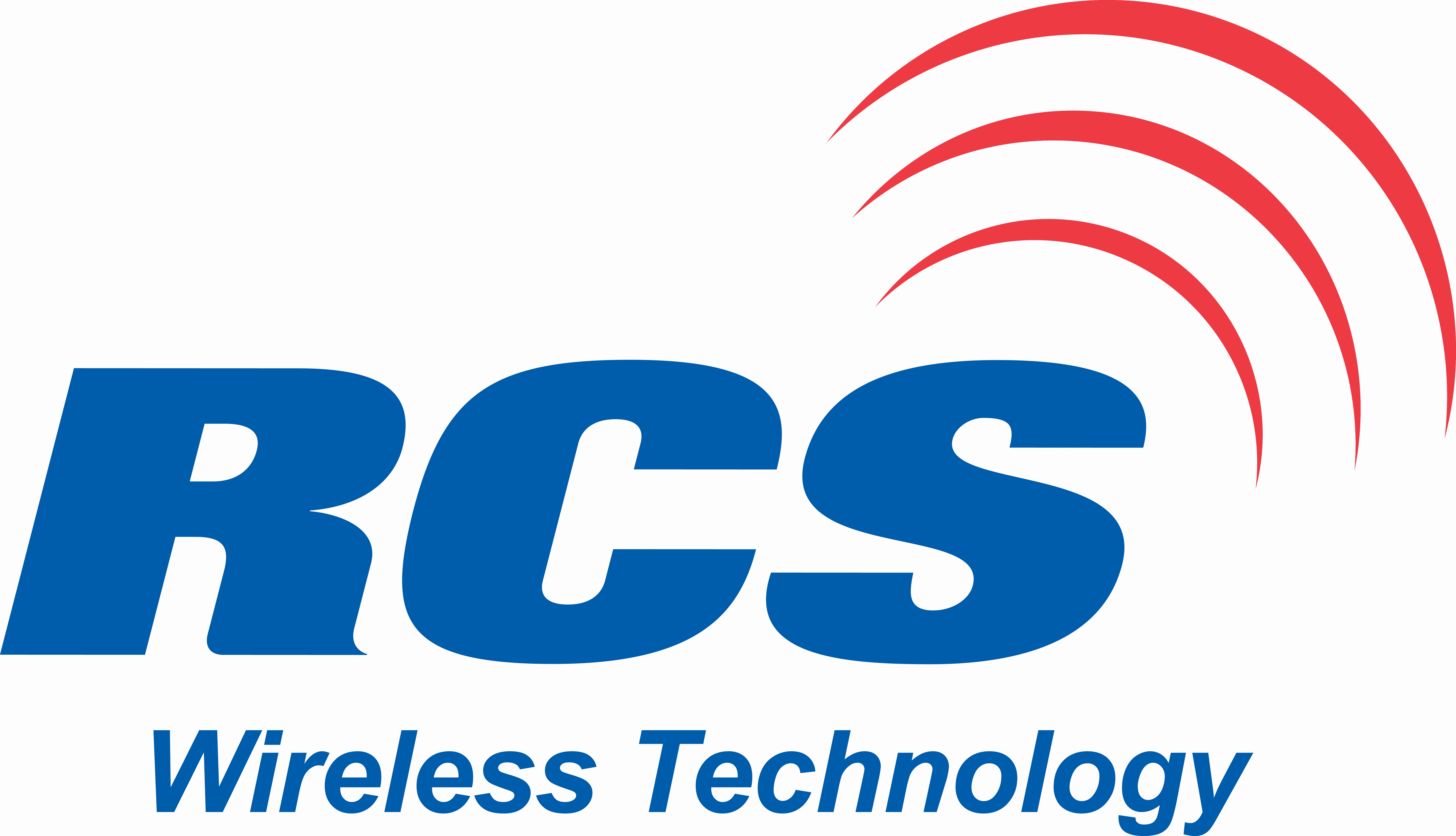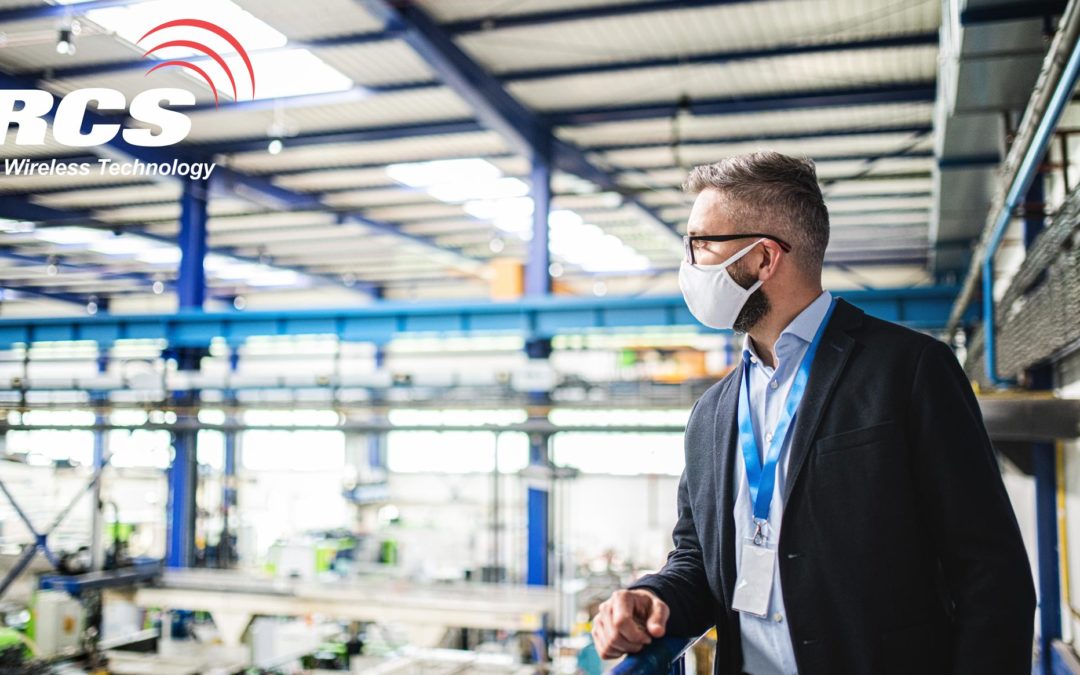Article written only for the use of rcscom.com
By Martha Harris
Facial recognition technology was first realized in science fiction movies, however nowadays it is commonplace in the consumer market.
Some of the most important uses of facial recognition include video surveillance for campus security, and facilitating secure financial transactions. Other uses include unlocking phones, aiding in forensic investigations, and even finding missing people. But as this is a complex technology, there are some complicated challenges as well.
There are people who will deliberately try to attack or fool facial recognition technology, especially in certain industries, such as banking and customs offices. In facial recognition tech, there exists what we call “false negatives”, which fail to match a person’s face when it should, and “false positives”, which match a person’s face when it shouldn’t. The technology is aiming to minimize these mistakes to avoid any mistaken identities as well as accidentally letting wanted criminals slip by.
There are also still concerns about privacy. After all, with advancing technology also comes an abundance of hackers trying to exploit it. If a surveillance system with facial recognition is attacked, then the faces stored in the system might be used for illegal activity. The probability of false negatives and positives also tends to increase when the system needs to assess a large number of people while scanning an entire crowd. These challenges have caused facial recognition technology to be banned from some locations in America.
Over the past few years, engineers at Panasonic have worked to improve this technology in incredible ways.
They’ve used PCB stackup impedance calculators to influence crosstalk susceptibility and sheet capacitance between the ground and power planes in intelligence surveillance cameras, making them function better than ever before. Moreover, working with system engineers to enhance their FacePRO biometric facial recognition system, Panasonic has created a system that provides high accuracy even when it comes to facial features that have aged or are obscured by sunglasses or masks.
Panasonic’s facial recognition developers Hiromichi Sotodate, Masashige Tsuneno, and Yuiko Takase discussed how the FacePRO could now perform real-time recognition on up to 2,000 cameras and 100 servers. In addition, system engineers have improved user experience for clients by adding functions that make the system easier to use.
“Subjects are continually moving in surveillance camera footage. Furthermore, the cameras are installed in places that are difficult to spot, such as ceilings,” said Masashige Tsuneno. “We performed repeated error identification and problem setting, and investigated the level of robust control that could be achieved. This means control that maintains stability even if the dynamic characteristics of the control target change slightly.”
Yuiko Takase also detailed how the technology was used in Haneda Airport to check over 60,000 people a day for a period of two weeks. He explained that the system “proved highly accurate, producing almost no false matches.”
Though the facial recognition system has become more accurate, there are still cases of mistaken identity in some trials when using this particular technology. Out of the 22 people that were flagged as wanted, only 8 of them turned out to be correct, which is still a concerning percentage. The results also showed that white men were the least likely to fall into the ‘mistaken identity’ category, though this problem is now being addressed.
The technology has advanced a lot in the past few years, and the minute and more complex details, such as the issue of non-white women being commonly mistaken, will take some time to perfect. However, when facial recognition is finally perfected it will go on to improve both the public and private sectors. For example, advances in health tech now make it possible to detect genetic diseases. In marketing, companies can make more educated guesses about their clients by installing face recognition screens.
By ensuring that the technology is much more accurate, it will enable institutions to detect wanted criminals and remove any doubt when it comes to facial recognition and its misconceptions.
If you’re looking for expertly installed security cameras (with or without facial recognition) that will last your organization and your team for years and years, RCS Wireless Technology & Call24 Security can be a one-stop-shop for all of your wireless communication and security system needs. Our professional staff has the tools and the knowledge to help you design a solution that fits your needs, and your budget.
Whether you are working at a school, a hospital, or any other organization that serves the public, you know the safety of your employees, students and customers is a top priority. Call today to find out how RCS Wireless Technology can help you provide the best communication solution possible.
Call our service team today to learn more about our products and services at 1-336-788-9191, or toll-free at 1-800-441-9191, or use the button below to send a message to one of our customer service agents.

